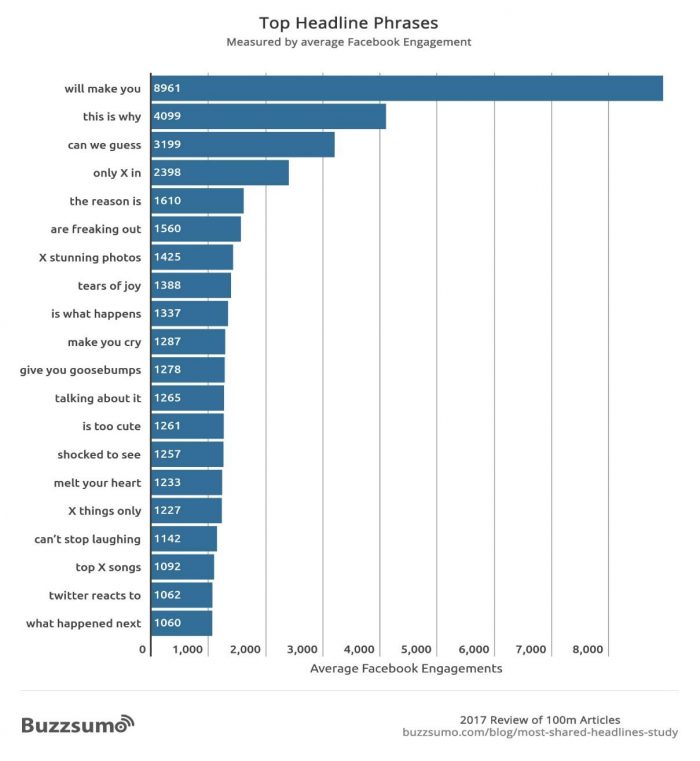Congrats on starting your own company! It’s an achievement that many people only dream about. Achieving this goal, however, is only a small – yet significant – part of your journey as an entrepreneur.
Now, your startup needs to connect with its target audience and build a community of loyal followers. There are many ways to do this, with content marketing being one of the most effective ones.
As a young company, you may not have a super massive budget needed to engage in expensive marketing tactics to build your customer base. Since content marketing doesn’t require significant investments, choosing this strategy is a good decision. Besides, 72 percent of marketers claim that having a clear strategy attributes to their organization’s increase in overall success with content marketing.
In this article, you’ll find a step-by-step guide to creating an effective content marketing strategy for your startup that will connect it with customers.
Let’s begin.
Step #1: Define Specific Goals
A successful content marketing strategy begins with an honest look at the business and the goals it hopes to achieve. By “goals,” I mean company-wide objectives that you’re hoping to accomplish to ensure a long-term survival and success of your startup.
For example, a typical goal for a content marketing strategy for a startup could be to build a vast list of leads. Having this list is critical for every business because your marketing effort will be focused on it.
So, ask yourself why you’ve decided to engage in content marketing in the first place. What do you need to achieve by doing so?
To make your goal-setting strategic, use a well-known SMART technique. According to this technique, each goal should be Specific, Measurable, Achievable, Relevant, and Time-Bound.
Step 2: Create Content Marketing Personas
Now that we know what you’re hoping to accomplish with your content marketing strategy, it’s time to focus on your audience. Creating content marketing personas is an excellent first step because knowing your customer before addressing them is a wisdom that still holds true today.
That’s why 70 percent of businesses who missed their revenue goals didn’t carry out research for content personas, according to Understanding B2B Buyers, a 2016 study by Cintell. The same study also found that 82 percent of those companies that exceeded their revenue goals conducted the research.
What is content persona?
It’s a composite sketch of your key customer that includes data and information useful for creating relevant and useful content for them. For example, a typical content persona consists of the following parts:
Name
- Job title and details about the position
- Age
- Gender
- Annual salary
- Education
- Family
Goals and Issues
- Primary goals (personal and professional)
- Secondary goals
- How can your business help to achieve the goals and resolve the issues
Coming up with all this information requires you to research your target audience using Google Analytics, Facebook and Twitter Analytics, CRM reports, and customer surveys. Also, feel free to check data collected by such reputable population research bodies as Pew Research Center.
Step 3: Write Exceptional Content
Now we finally proceed to content creation. To produce exceptional content that your target audience will find useful and interesting, you’ll have to follow a number of specific steps.
Create an Interesting Topic and an Enticing Headline
If you want your target audience to read your content, it should be written on topics they find interesting or useful. To research such topics, you can ask your audience directly via your website or social media page or use online tools. For example, a free tool called BuzzSumo requires you to type in the keywords to find the content that has the most shares and interactions on social media.
A headline is the first thing that your potential customers see, so getting them right is crucial. According to a recent research of 100 million headlines performed by BuzzSumo, the highest-performing headline phrases measured by Facebook engagement were the following.
Take a look and see if you can use any of these phrases for your own content. As you can see, the best-performing headlines appeal to emotions of viewers (“tears of joy,” “give you goosebumps,” or “make you cry”) or attract their attention by creating a mystery (“what happened next” etc.).
For some additional help with creating headlines, feel free to check out online tools such as Headline Analyzer from CoSchedule and Title Maker from Portent.
Write an Outline
Every written piece should be created based on an outline. While there’s no universal formula for the best-performing outline, here’s one way to create a cohesive and logical article:
- An enticing title
- An introduction that grabs the reader’s attention with a “hook” sentence and explains why they should read further
- A body consisting of overarching sections that provide tips and takeaways (and make it media rich, too!)
- A conclusion that summaries the benefits to the readers and offers a call-to-action
If you feel like you could use professional assistance with writing outlines for your own articles, check online tools.
Pick up a Blog Post Template
If your startup’s website has a blog, you can always take advantage of blog post templates. With so many roles and responsibilities, you may find it useful to make your writing process faster.
You can easily download lots of good templates from the Internet; for example, you can check out these 25 templates for bloggers from Search Engine People.
Check for Readability
Every blog article you produce should be easy to read, otherwise people won’t be interested. That’s why experienced content producers recommend to write content in a natural, conversational language that readers use every day. And it makes a perfect sense: if you’re looking to help people to solve some problems, use the language they use.
That’s where readability check comes in. Many startups turn for help to professional proofreaders and editors, but finding one could be a challenging task.
Step 4: Create Content Calendar
Now that you’ve started producing great content, it’s finally time to share it on your blog, social media pages, and other online resources. To make this process consistent, you need to schedule how many times per week you’re going to do it. Avoiding the image of a spammer is important, so that’s why 69 percent of businesses use a content calendar for content marketing, according to Curata.
A content calendar could be as simple as an Excel spreadsheet with planned posts or as advanced as a paid tool, so the choice depends on your budget.
The Bottom Line
There you have it. These are the steps you need to take to maximize the chance that your content will be interesting to your target audience. Crafting a good content marketing strategy with this guide will take you no more than several hours but it will serve you well for years to come.
Find a Home-Based Business to Start-Up >>> Hundreds of Business Listings.

















































